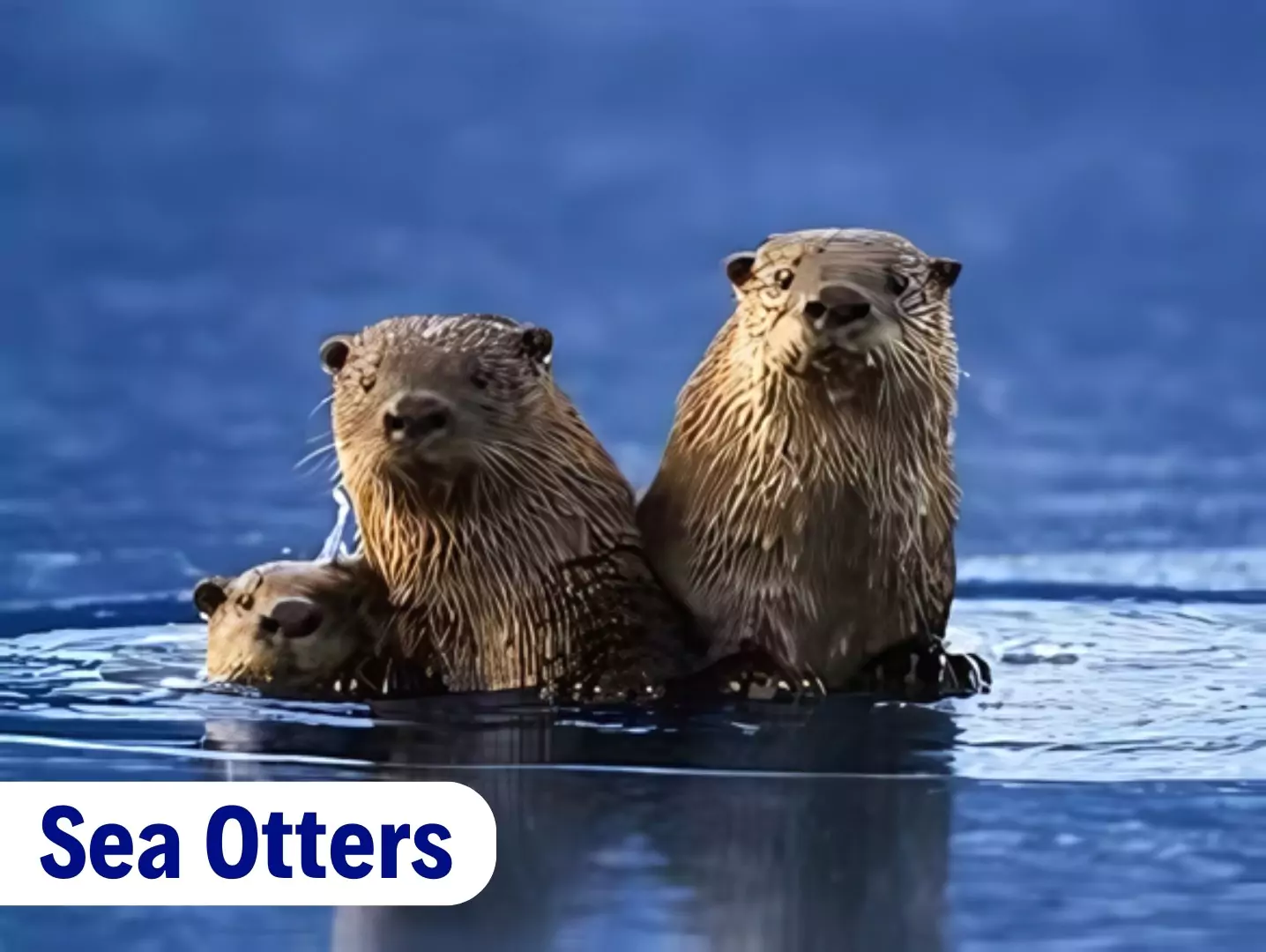Context
A new study has shed light on the usage of tools by marine mammals such as sea otters.
Otters, Especially Females, Use Tools To Survive a Changing World
- There are other animals who use different techniques to feed and Survive.
- Chimpanzees: Use stones to crack nuts and sticks to get termites.
- Dolphins: Use sponges to protect their beaks while foraging.
- Galapagos Islands Finch: Uses cactus spines to dig grubs out of holes.
Enroll now for UPSC Online Course
About Sea Otters

- Scientific name: Enhydra lutris
- These are intelligent mammals.
- Otters are not just strong swimmers, they are resourceful problem solvers.
- They can utilize objects in their environment, including human trash, to access food.
- These marine mammals use rocks and other objects to break open hard prey.
- This behavior helps them access food that would be difficult to eat otherwise.
- Conservation Status:
- The U.S. Endangered Species Act lists the California sea otter as “threatened”
- IUCN lists most otter species as “endangered” or “vulnerable”.
- Legal Protection:
- International treaties like CITES and the International Fur Seal Treaty regulate trade and hunting to protect otters.
- The Marine Mammal Protection Act protects otters from harm and harassment in U.S. waters.
- Zoological parks play a role in raising awareness, rehabilitation, and research for otters.
- Feeding Behavior
- Floating Feeding Position: Otters float on their backs while feeding.
- Tools Used: Rocks, shells, discarded bottles.
- Methods: Use tools as hammers or anvils to smash open hard-shelled prey; also bash prey onto docks and boats.
- Common Prey: Sea urchins, abalone, crabs, mussels, clams, snails, fat innkeeper worms.
Benefits of Tool Use
- Access to Larger Prey: Using tools allows otters to eat certain larger prey that would otherwise be inaccessible.
- Reduced Tooth Damage: Tool use reduces the amount of direct biting on hard shells, thus protecting their teeth from damage.
- Survival technique: Tools are Essential for survival in environments with limited resources.
Main threats to Sea Otters
- Disease
- Parasitic Infections: Intestinal worms and other parasites contribute to significant otter mortality.
- Infectious Diseases: Protozoal diseases are especially lethal for marine mammals.
- Oil Spills
- Major Threat: Oil contamination poses the greatest threat to sea otters.
- Effects of Oil: Oil disrupts the insulating properties of their fur, causing hypothermia, and leads to ingestion or inhalation of toxic substances.
- Prevention: Preventing oil spills is essential to protect sea otters.
- Habitat Loss
- Kelp Forests: The loss of kelp forests impacts sea otters by reducing their shelter and food sources.
- Pollution
- Pathogens and Contaminants: High levels of pollution in coastal waters expose otters to infectious diseases.
- Human Activities
- Direct Conflicts: Sea otters face threats from human activities such as shootings, entanglements in fishing gear, and boat strikes.
Enroll now for UPSC Online Classes
![]() 21 May 2024
21 May 2024
